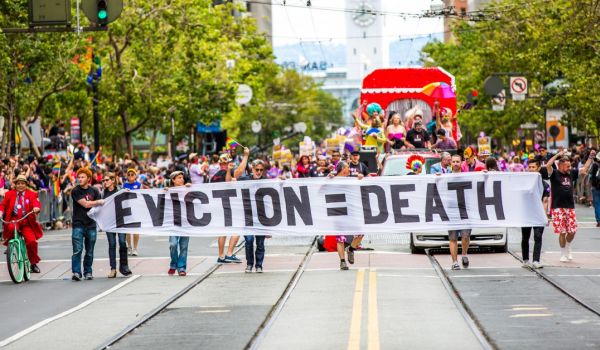The idea of a high-speed train linking Las Vegas to Southern California was conceived as early as 1981, when the then Las Vegas mayor, William Briare, proposed a rail line that would connect the tourist centers in both areas. More recently, travel by train has gained considerable attention, and the $8 billion set aside for high-speed rail in the federal stimulus package has only added to the enthusiasm.
In Las Vegas, there are currently two proposed train lines that would connect the city to Southern California. The first is the controversial magnetic levitation (maglev) train, which has the ability to travel at speeds of up to 300mph. The technology allows for the train to essentially float over the guideway using magnets instead of wheels and train tracks. In addition, the train “engine” does not use fossil fuels. Rather the maglev train is propelled forward by a combination of the magnetic field created by the electric coils in the guideway walls and the track. There are a handful of existing maglev trains in Europe and Asia, but no passenger train exists in the U.S. A variety of other cities in the country, like Pittsburgh, are also considering such technology.
The proposed maglev train route would go from Las Vegas to Anaheim, a distance of about 250 miles, and take just about an hour and a half to reach its final destination. The project is a public-private venture and is expected to cost $12 billion. Over the years, the project has received a total of $9 million from the federal government, and an additional $45 million has been secured in the last year to help plan the route, as well as to do environmental reviews.
The rival train project that hopes to go from Las Vegas to Victorville, Ca. is a high-speed rail line known as DesertXpress, which uses traditional steel-wheel technology. It has been gathering steam as of late because it’s seen as a cheaper, diesel electric alternative. It is a privately funded project and only costs a third of the price of the maglev train. The DesertXpress can travel at speeds of up to 150mph and the travel time would be 3 to 4 hours long, including the ride to Victorville, located 85 miles northeast of Los Angeles.
Much skepticism for the maglev train has centered on the fact that none of these proposals have gone farther than the planning stages in the U.S. The hefty price tag also needs to be considered. Those who are against the DesertXpress make the point that most people need to drive a substantial amount before being able to even get to the train. Ideas of a shorter, high-speed line linking Victorville to other major areas have been mentioned as a potential solution.
Neil Cummings, the president of the American Magline Group, which would build the maglev train, believes that at the end of the day, the two lines can coexist if need be. He cites the fact that the rights of way along the I-15 corridor heading to California have enough space for both. One must keep in mind, however, that regardless of which train is built, or even if both are, it does not guarantee financial success. In fact, in 1997, the Amtrak Desert Wind, which ran between L.A. and Las Vegas, was cancelled due to budget cuts that resulted from low ridership.
It is clear that both projects have their pros and cons that should be taken into account, but the success of the project will ultimately fall upon those who take advantage of the technology and choose rail as their preferred mode of transportation.















